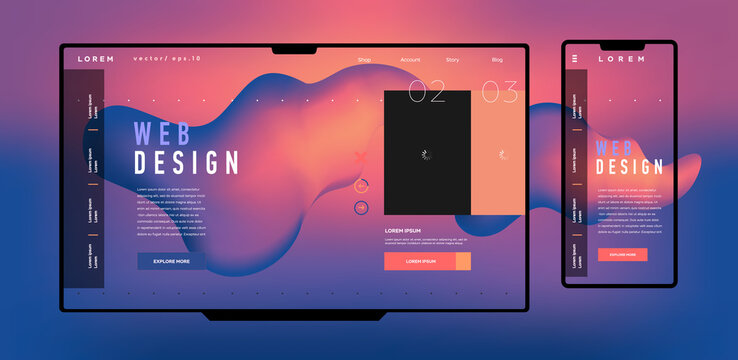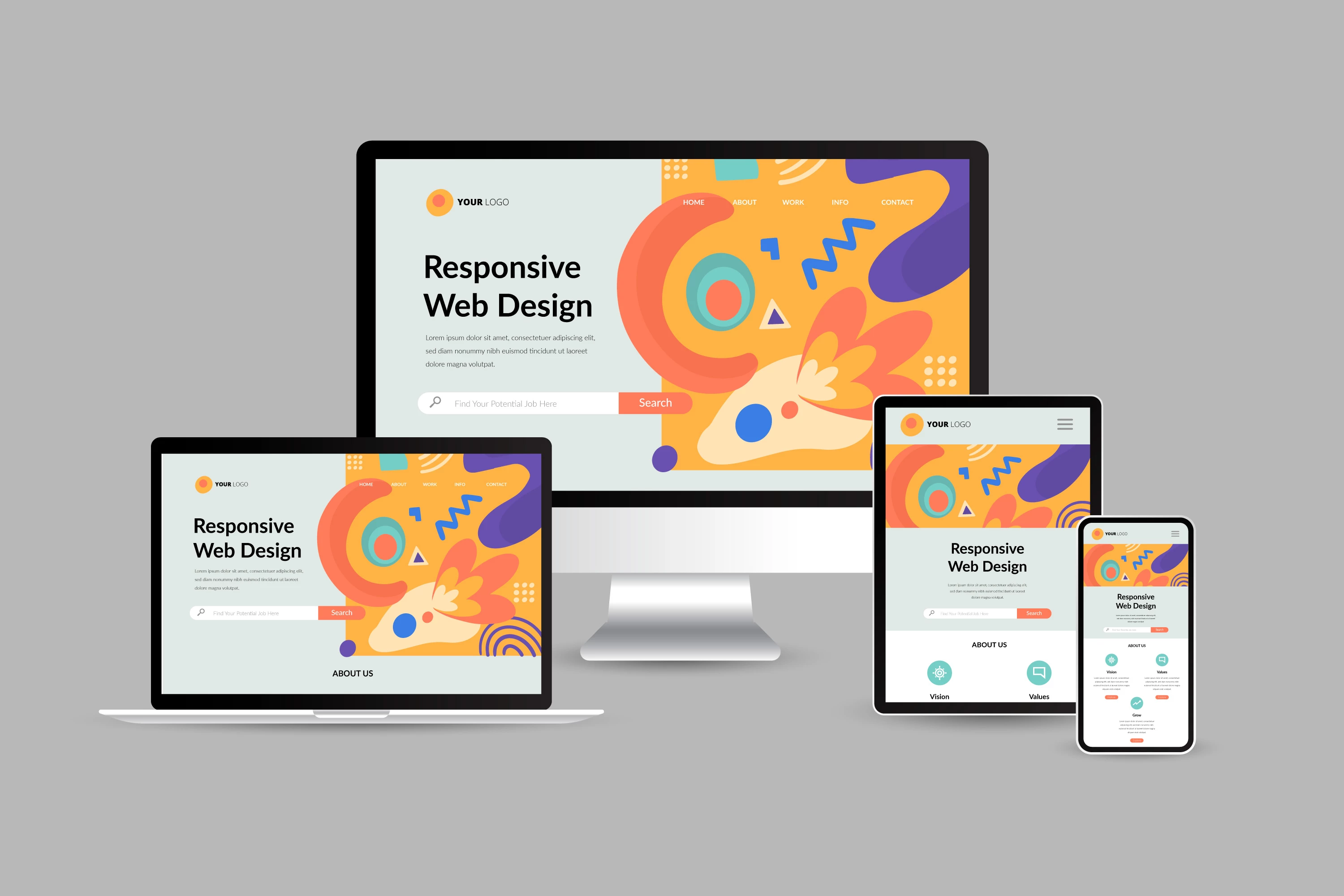Top Tips for Producing an Impactful Web Site Layout That Converts
To accomplish this, one need to think about a range of factors, including understanding the target audience, focusing on individual experience, and enhancing for mobile platforms. The critical usage of compelling call-to-actions and a distinct visual power structure plays a vital function in guiding customers with their journey.

Understand Your Target Market
Recognizing your target audience is fundamental to reliable web site design, as it prepares for producing an appealing user experience. Recognizing that your users are, including their demographics, choices, and habits, allows designers to customize the web site's content, format, and performance to meet details requirements.
Conducting comprehensive marketing research is important in this process. Studies, interviews, and analytics can provide valuable insights right into user assumptions and discomfort points. By assembling this information, designers can produce customer personas that stand for different sections of the target market, making sure that layout decisions are educated and relevant.
Moreover, recognizing the target audience assists in picking suitable style components such as color pattern, typography, and images that resonate with customers. A site that talks straight to its audience promotes a sense of connection and depend on, urging longer check outs and higher conversion prices.
Ultimately, a user-centered strategy to site layout not just improves user contentment however also supports organization objectives by driving interaction and commitment. By focusing on the demands and preferences of the target market, a site can effectively offer its objective and achieve preferred outcomes.
Prioritize Individual Experience
To boost the overall efficiency of an internet site, prioritizing user experience (UX) is crucial (Website Design). A well-designed UX guarantees that visitors can navigate the website easily, locate details promptly, and involve with material meaningfully. This brings about raised customer satisfaction and higher conversion prices
Begin by implementing intuitive navigating. Menus needs to be practically structured, permitting customers to situate vital locations of the website with marginal effort. Uniformity in layout components, such as shade plans and font styles, promotes experience, which is essential for preserving user involvement.
Furthermore, think about the packing speed of your website. A hold-up of simply a couple of seconds can lead to substantial drop-offs, as customers are much less most likely to wait for a slow-loading page. Streamlining photos and enhancing code can enhance efficiency and keep site visitors.
Moreover, quality in content discussion is vital. Use succinct, appealing language and separate text with visuals to enhance readability. By focusing on user experience, you not only develop a more delightful environment for site visitors yet also strengthen your brand name's reliability. Inevitably, an emphasis on UX is a financial investment in the long-lasting success of your site.
Optimize for Mobile Gadgets
Enhancing for smart phones is critical in today's electronic landscape, where an increasing variety of users access websites through smartphones and tablets. A mobile-friendly design not just improves individual experience yet also plays a significant role in improving online search engine rankings. To achieve this, it is important to embrace a responsive design that instantly readjusts to numerous display sizes and positionings.

Packing rate is try this site an additional vital factor; mobile users are typically much less client and anticipate rapid access to details. By focusing on mobile optimization, you guarantee that your website stays affordable and effectively involves a wider audience.
Usage Engaging Call-to-Actions
A web site's performance often depends upon its capacity to direct site visitors towards wanted actions, making compelling over at this website call-to-actions (CTAs) necessary parts of layout. CTAs act as the critical points that guide individuals to involve with the website, whether that indicates purchasing, enrolling in an e-newsletter, or downloading a resource.
To produce efficient CTAs, clearness is vital. Usage concise language that clearly interacts the activity you desire the customer to take.
Furthermore, consider making use of directional hints, such as arrowheads or pictures, to lead individuals toward these switches. By focusing on these aspects, companies can significantly improve user interaction, driving conversions and ultimately attaining their site's objectives.
Concentrate On Visual Hierarchy
Reliable site layout depends greatly on a well-structured aesthetic hierarchy that overviews users via material seamlessly. By arranging aspects in a fashion that focuses on information, developers can enhance individual experience and help with decision-making. This entails using dimension, color, contrast, and spacing purposefully to draw interest to the most important elements of a webpage.
Using larger fonts for headings and subheadings establishes a clear difference between various sections, enabling customers to check content easily. In addition, utilizing different shades Get the facts for buttons and calls-to-action can catch customer attention and motivate communication. Whitespace is one more important component; it prevents mess and enables individuals to concentrate on key messages without interruptions.
Photos and graphics need to match the text while likewise sticking to the well established pecking order, enhancing the total message (Website Design). Consistency in design components, such as shade plans and typography, more strengthens the aesthetic power structure, making navigating intuitive

Final Thought
To conclude, efficient site design necessitates a comprehensive understanding of the target market, prioritization of individual experience, and mobile optimization. The calculated use of compelling call-to-actions and a well-defined aesthetic pecking order additionally improves user involvement. By applying these concepts, web sites can accomplish higher conversion rates, ensuring that design components not just draw in visitors but additionally promote smooth navigation and interaction. Ultimately, a well-executed web site style functions as a crucial component in driving individual actions and attaining service objectives.